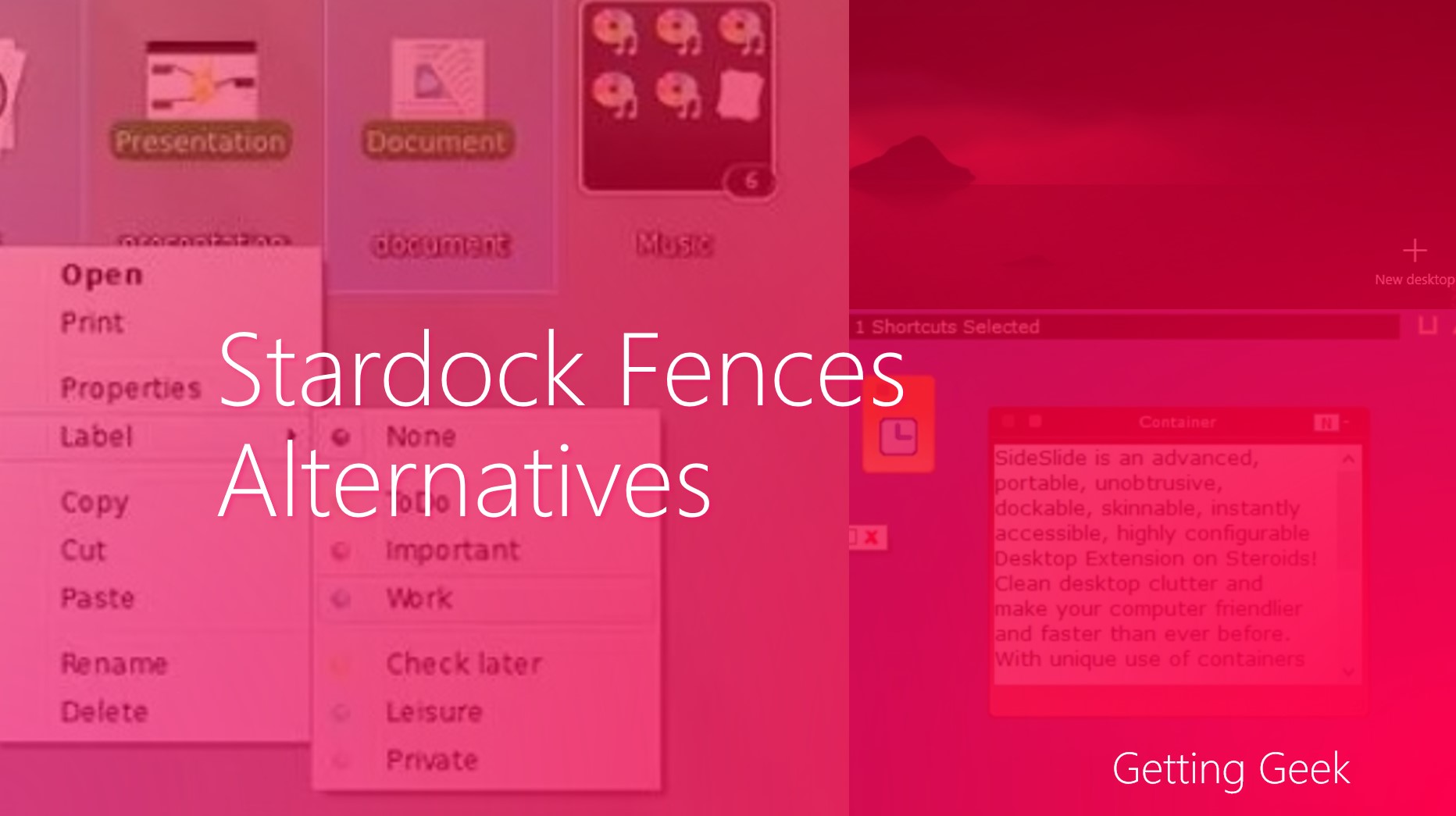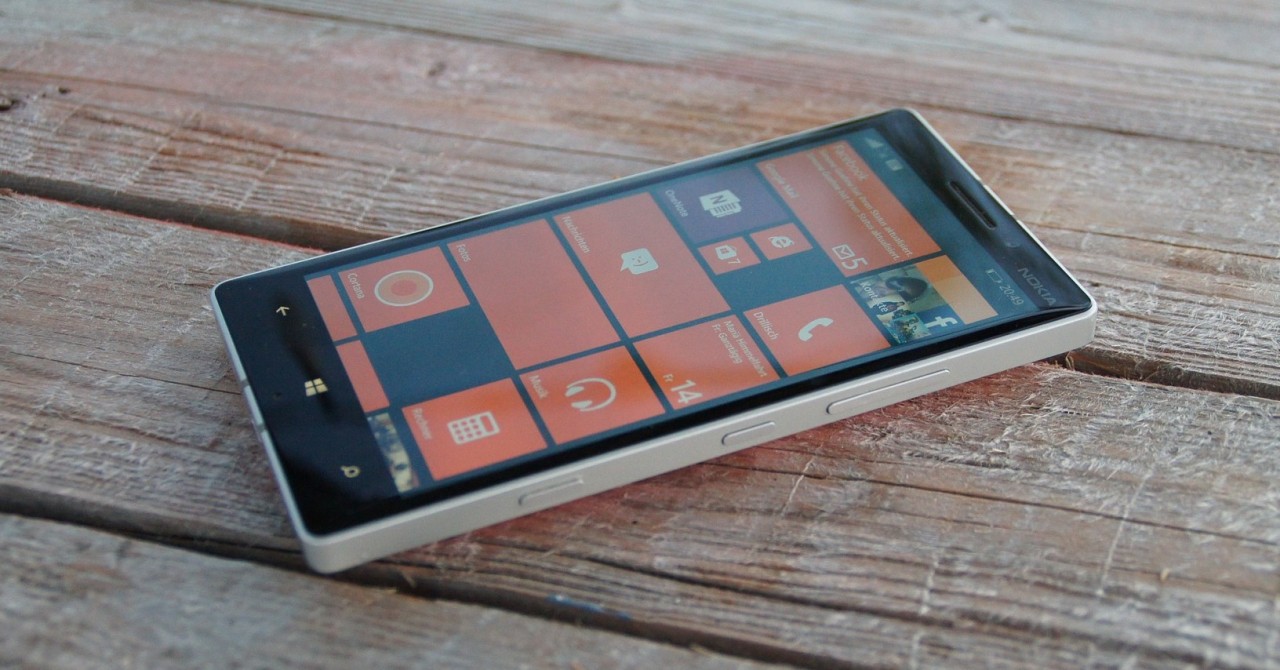Google’s Chrome web browser will now support WebVR virtual reality platform. This will let the users experience 360-degree pictures, videos or any other content designed for VR headset on their PCs and Smartphones.
This is a big step forward as till now virtual reality was always linked to headsets. Now Google has linked it to its Chrome browser making Virtual Reality more accessible. Mozilla is also working on something similar with Firefox.
WebVR is designed in such a way that it unifies the virtual reality experience across various devices having varying computing power. The idea here is to make photos and videos look as smooth on the browser as on Google’s Daydream View or Samsung Gear VR. The only difference this will have from the Daydream view will be that on Chrome, users will have to use their fingers or mouses.
However, making sure that a consistent experience is delivered is totally up to the developers that is if they adhere to WebVR standards. Google provides huge developer resources, that includes guidelines like the all-important frame rate not following which might give viewers motion sickness, that is if it’s too low. “WebVR content on mobile Chrome browsers should have a minimum rate of 60fps, while desktop browsers shouldn’t go below 90 FPS” Google says.
Google mentioned that some websites (such as Matterport’s library, Within, Sketchfab and WebVR Lab from PlayCanvas) already support VR content whereas others are coming up soon.
Google says that its objective behind this step is that it wants to make Virtual Reality accessible to everyone on all sorts of devices.
READ NEXT: Android’s Instant Apps Are Here















